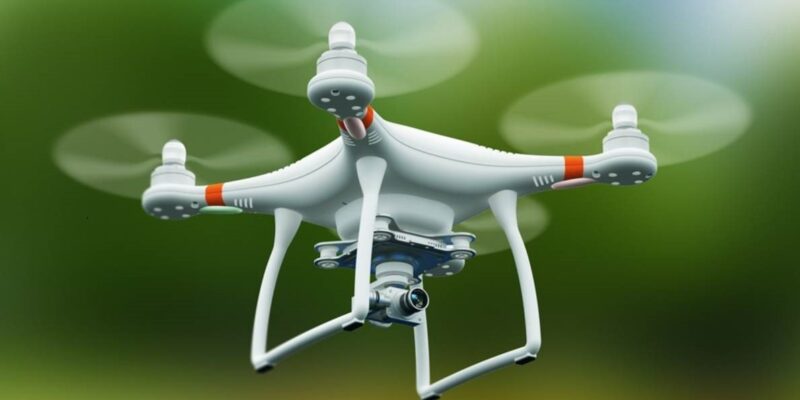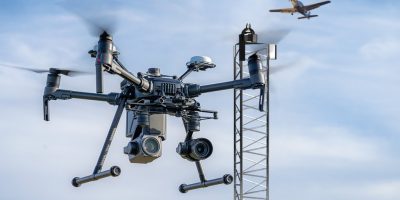Remember the Kenya Civil Aviation Authority (KCAA) Civil Aviation Regulations we talked about last year involving drone ownership? Well, today the KCAA has got the go-ahead to actualize the drafted Regulatory Fees and Charges for Unmanned Aircraft Systems (drones).
KCAA Drone Regulations Approved
In case you are not in a loop, the KCAA made some changes to the 2017 regulations reducing the charges significantly. The KCAA notes that the approval paves the way for full implementation of the Unmanned Aircraft Systems (UAS) regulatory framework in Kenya.
Under the new cost structure, Kenyans and entities wishing to own drones will now pay a KES 3,000 registration fee. KCAA Director-General, Capt. Gilbert M. Kibe said
“The gazettement of the Regulations heralds a new era in the country’s aviation ecosystem by opening up the sector to innovations. Innovation in drone technology is accelerating at such an exponential rate. The capabilities of this technology are limitless – from the positives such as filming movies, documentaries, sports, weddings and delivering medicines.”
Costs Breakdown
Here is a breakdown of the charges for owning a UAS. However, you may go through the entire process of drone ownership here.
- KES 3,000 to register a drone (a 50% slash from the initial KES 6,000).
- KES 2,000 to get a certificate of registration (from the current Ksh10,000).
- Remote Air Operator Certificate (ROC) will be maintained at KES 100,000 and KES 5000 to renew.
- The addition of a UAS (drone) under the certificate will cost KES 5,000 while including a new UAS type will cost KES 20,000.
Importation regulations
If you have already imported a drone, you are encouraged to apply to the KCAA for registration and approval. The certification lets you use your drone for various reasons:
- precision agriculture
- wildlife management
- inspection of the power grid
- building, dams, solar inspection
- research
- road traffic monitoring
- aerial mapping.
It is also important to note that the new regulations categorise drones based on the risks posed by their operations. This is from low risks to high risks under categories, A, B and C.
Focusing on privacy and safety, the regulations make provisions that ensure respect for all parties. Additionally, KCAA will be undertaking public sensitisation on the application and implication of the regulations.






Comments